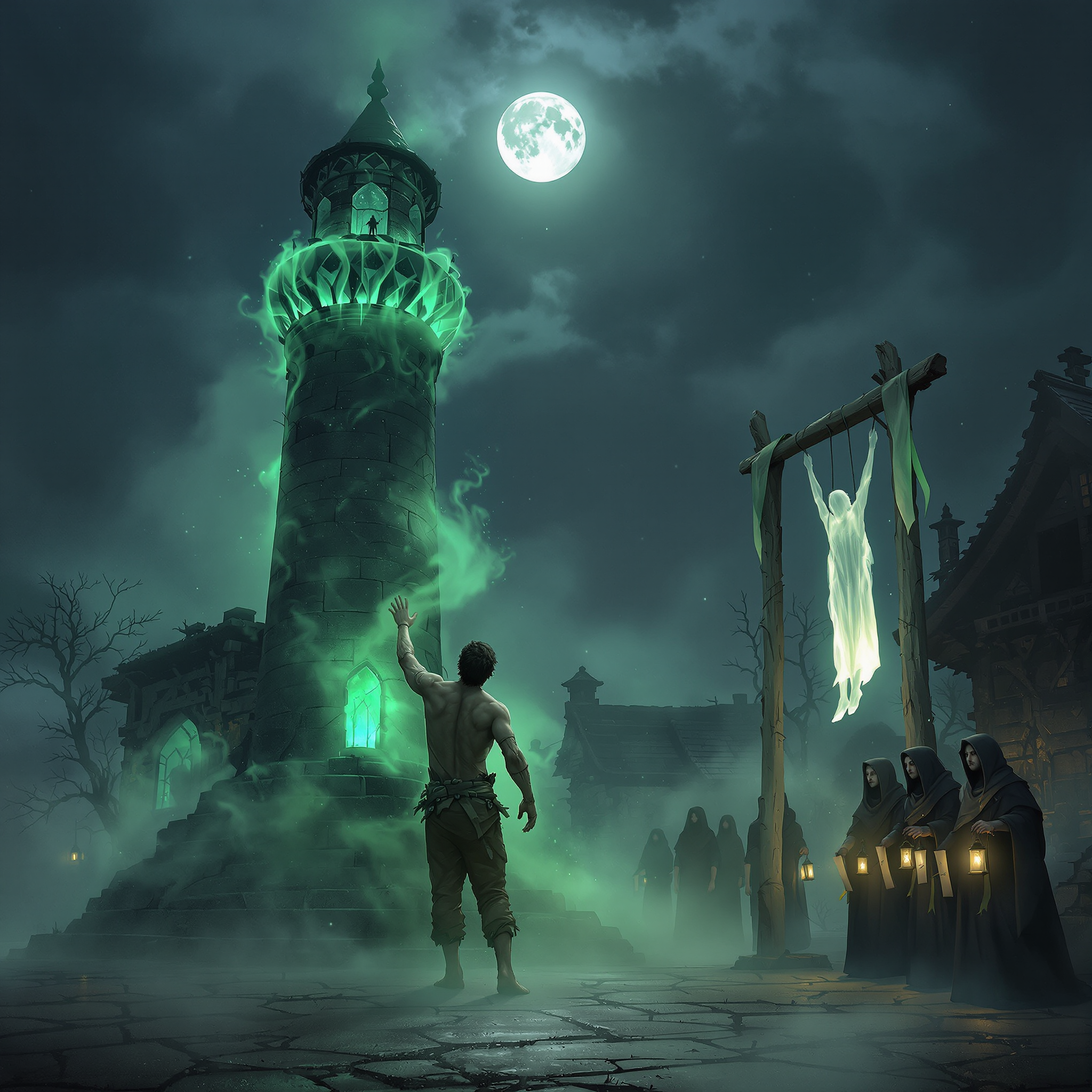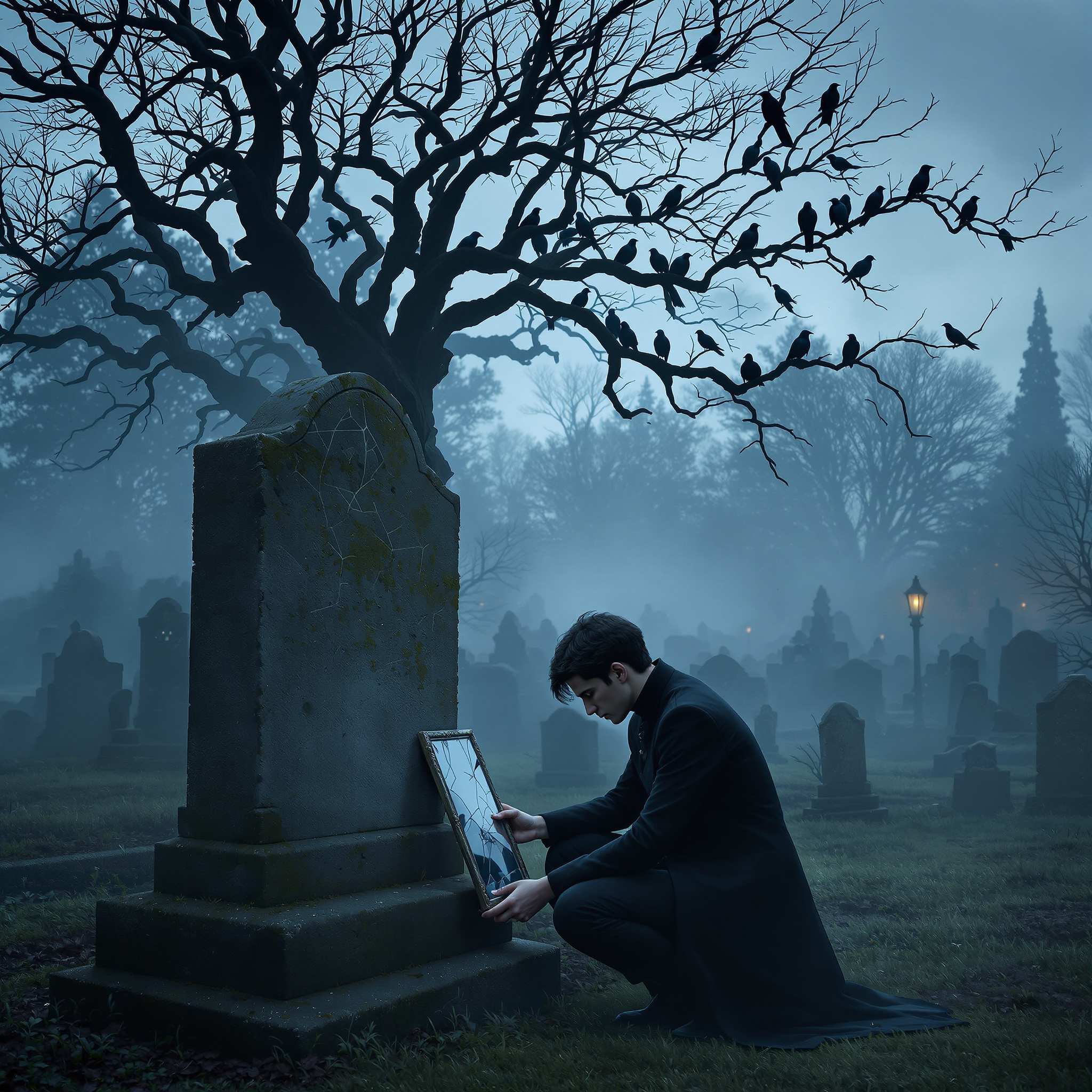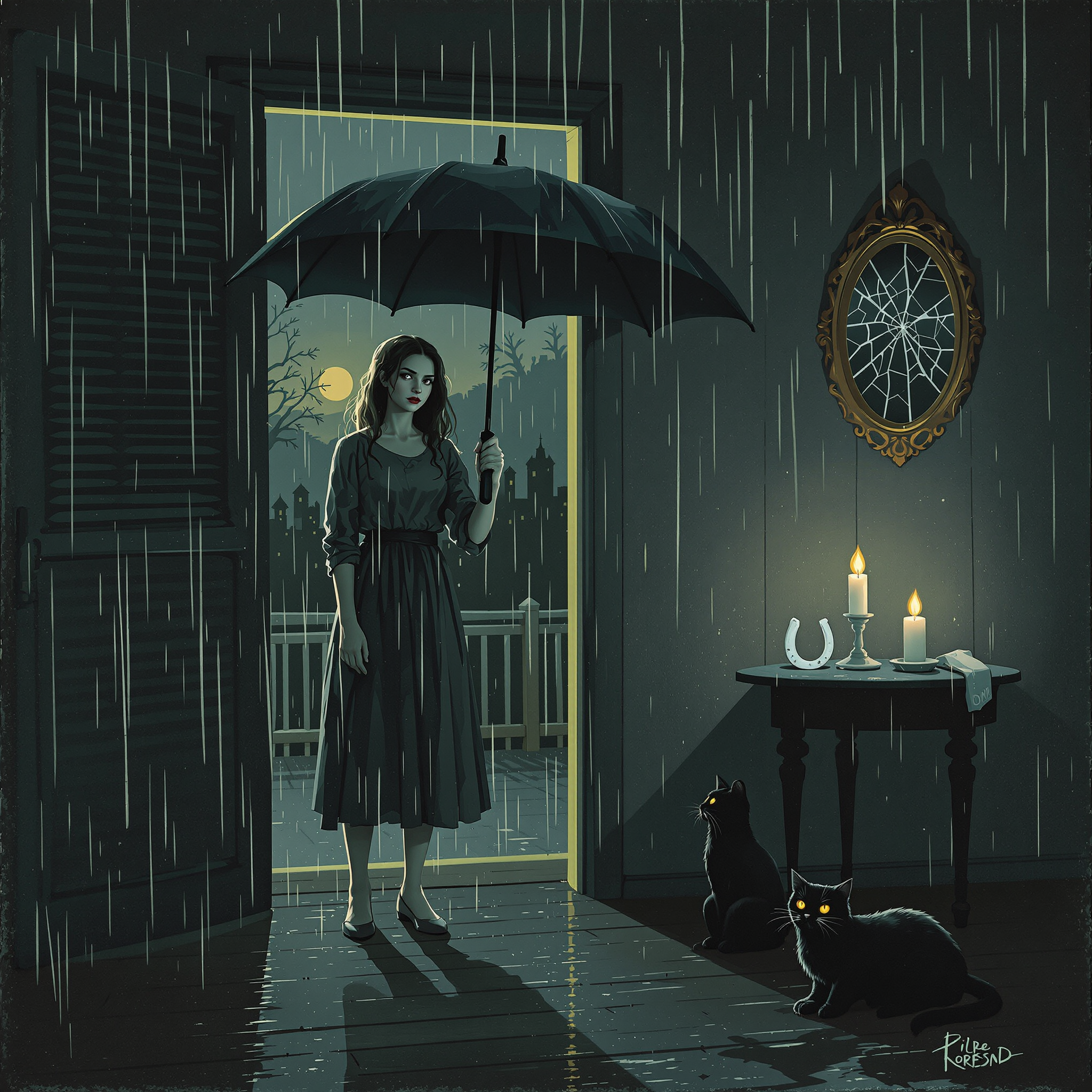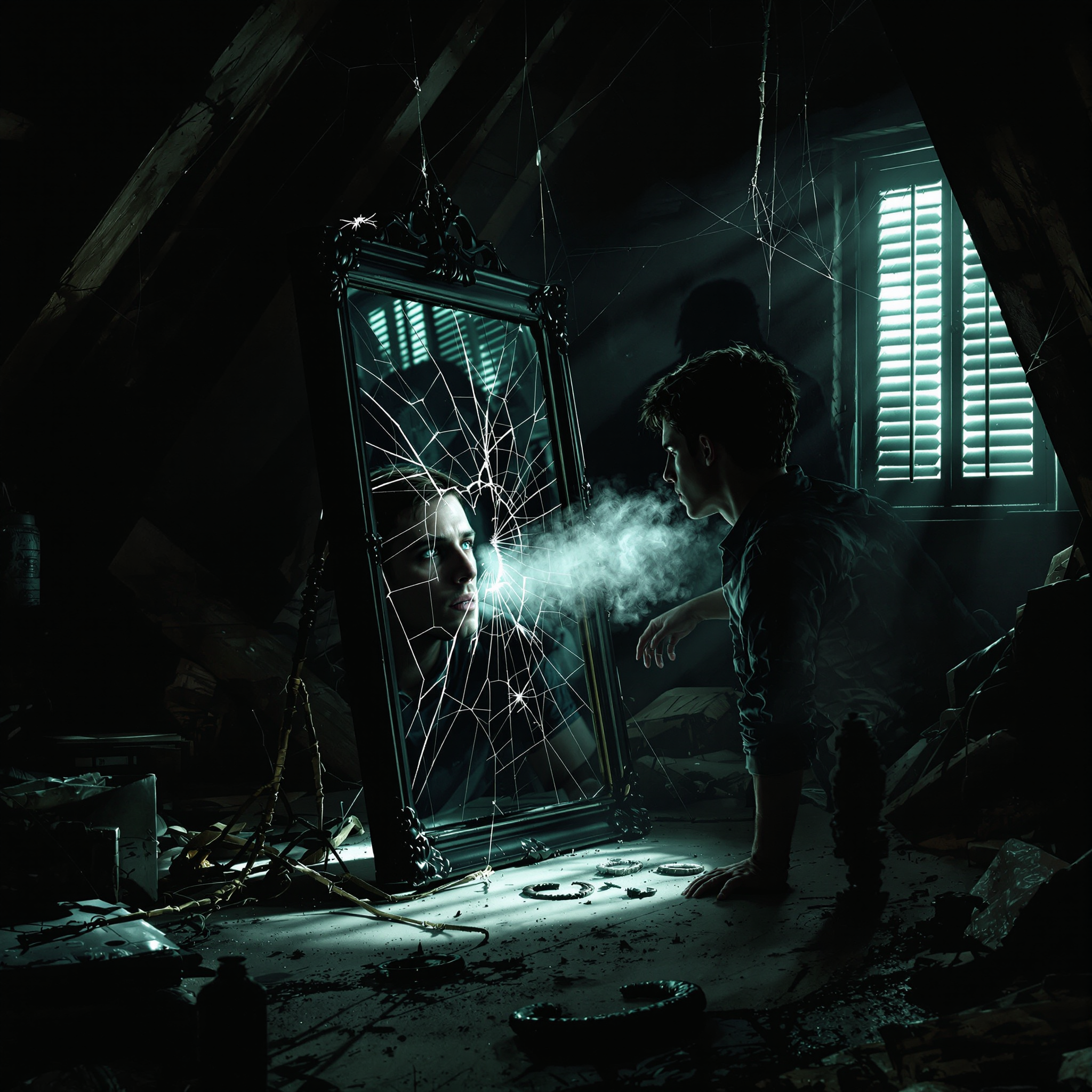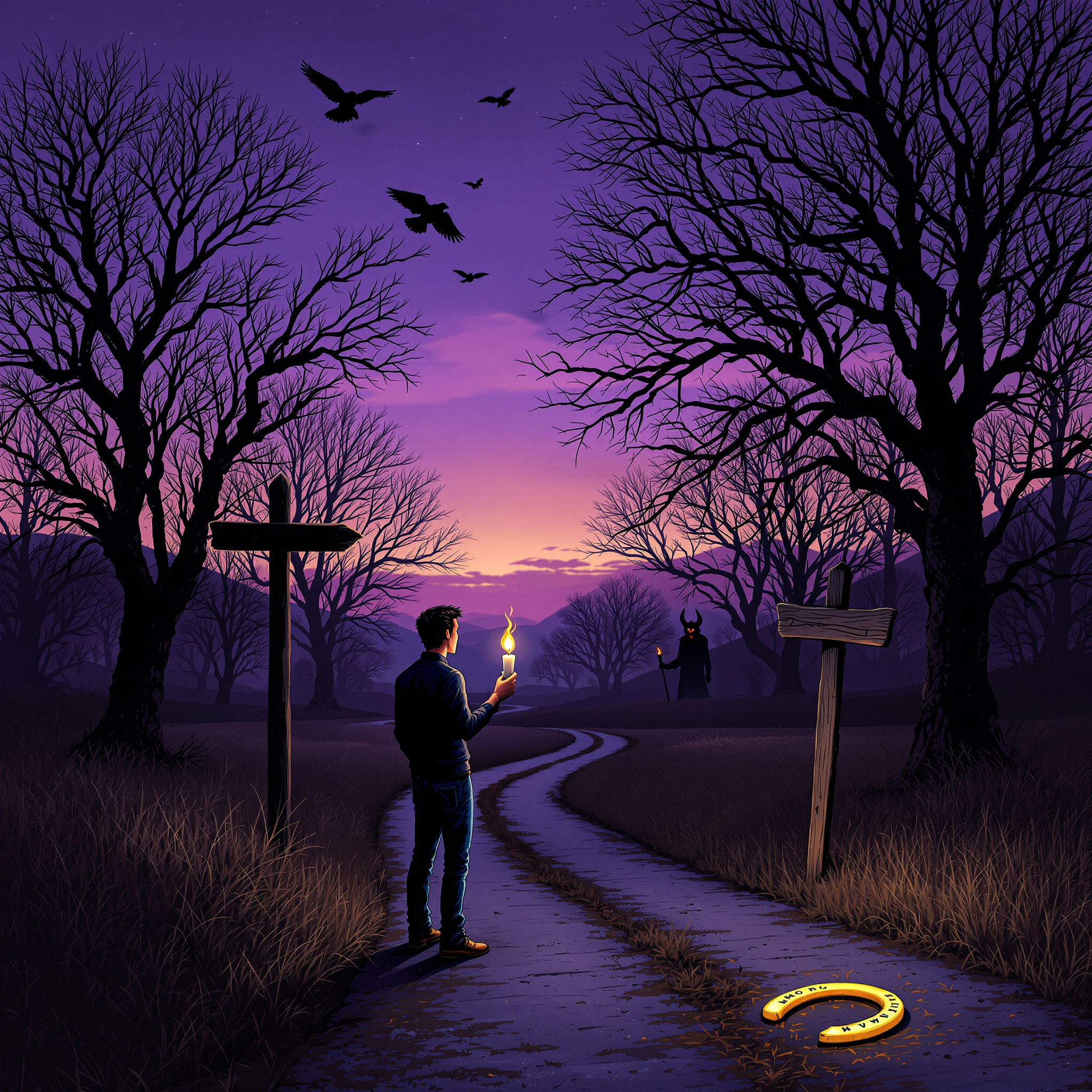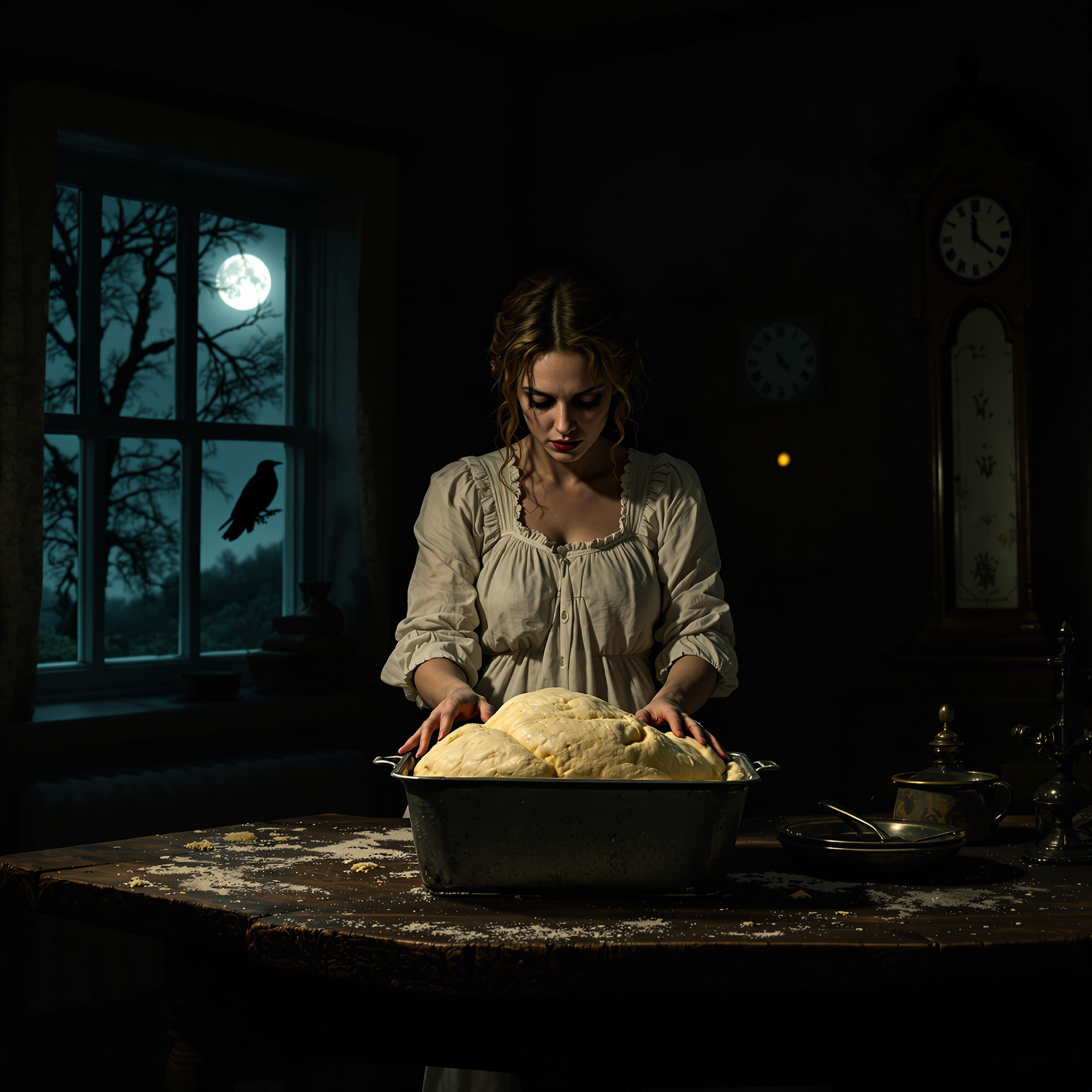This belief revolves around dream interpretation, where certain visual elements—each laden with symbolic meaning—are thought to foretell future events. According to longstanding folklore traditions:
• Seeing a minaret in your dream often signifies upcoming joyful news, perhaps linked to religious fulfillment or spiritual achievement.
• Seeing the color green is interpreted as the emergence of desire, freshness, or prosperity, often associated with growth or love.
• Being hanged (without indication of pain or tragedy) in a dream points to the possibility of benefiting from a powerful patron, noble figure, or institution.
This form of symbolic dream reading is commonly practiced among cultures that assign mystical or prophetic qualities to dreams, especially within spiritual or folk Islam.
